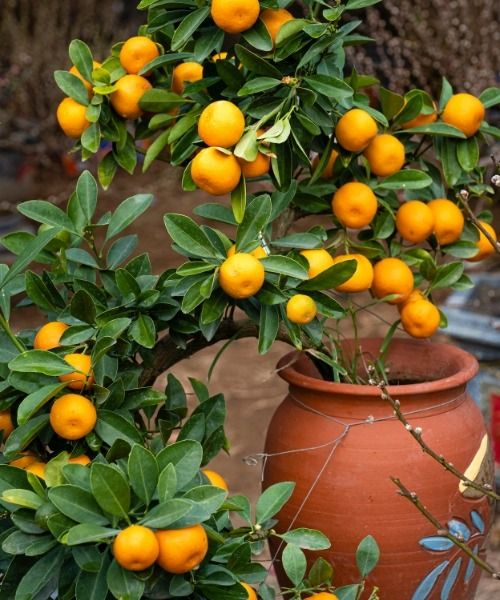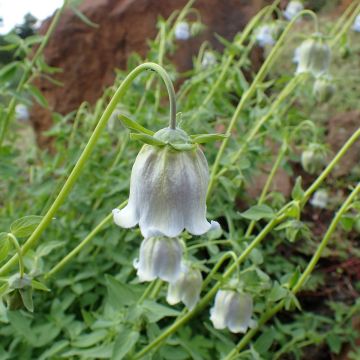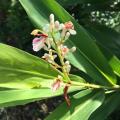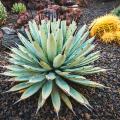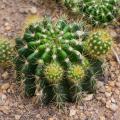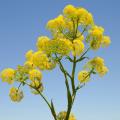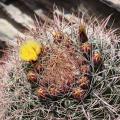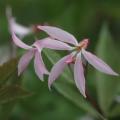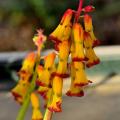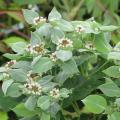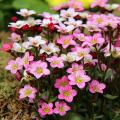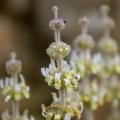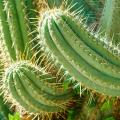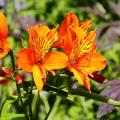Codonopsis
Would this plant suit my garden? Set up your Plantfit profile →
Available in 1 sizes
Available in 1 sizes
The Codonopsis is best known for Codonopsis pilosula, a perennial medicinal plant also known as "Dang Shen" or "poor man's ginseng" due to its root with strengthening properties, widely used in traditional Chinese medicine. For garden decoration, rarer species can also be cultivated such as Codonopsis clematidea or C. ovata. These are herbaceous plants from the campanulate family, originating from East Asia and the high mountains of the Malay Archipelago. This genus comprises approximately 30 species of perennial plants with swollen roots, creeping or climbing stems ranging from 50 cm (20in) to 2.50 m (8ft) in length, and leaves that emit a scent when crushed that can be disturbing. The bell-shaped flowers of Codonopsis are pendulous or inclined, with various colours and often beautifully veined in the throat. Codonopsis requires a cool, temperate and humid climate, as well as well-drained, light, fresh, neutral to acidic soil. They thrive in partial shade. It can be interesting to cultivate them in a slightly elevated flower bed or in a large pot placed on a low wall, to be able to leisurely admire the interior of the flowers.
Plant enthusiasts will also find joy among our selection of rare bulbs or rare and collectible shrubs.
Haven't found what you were looking for?

































